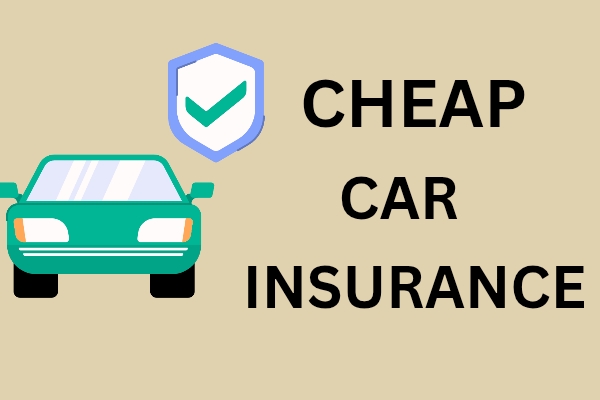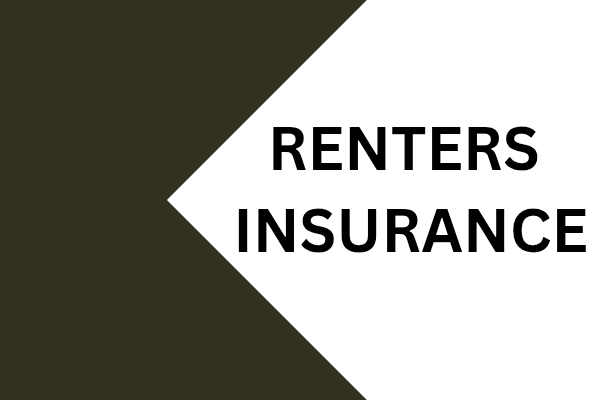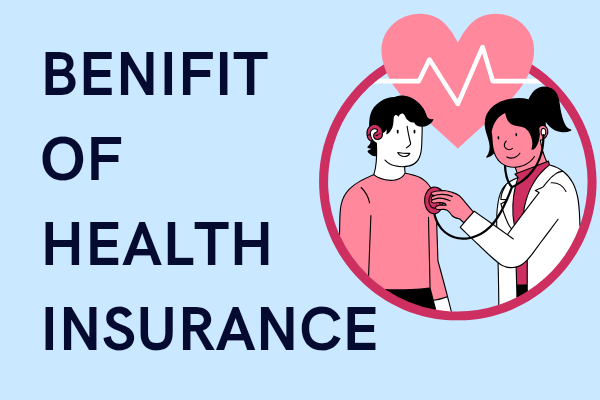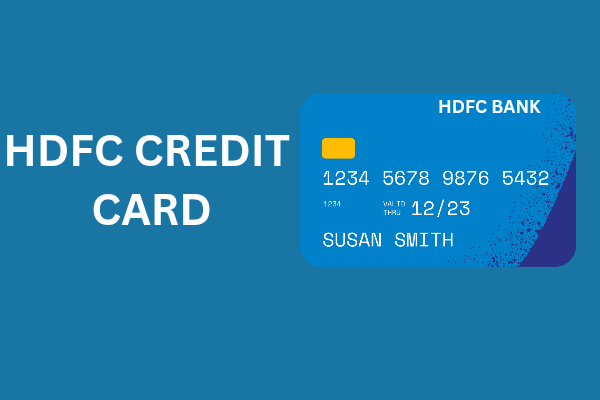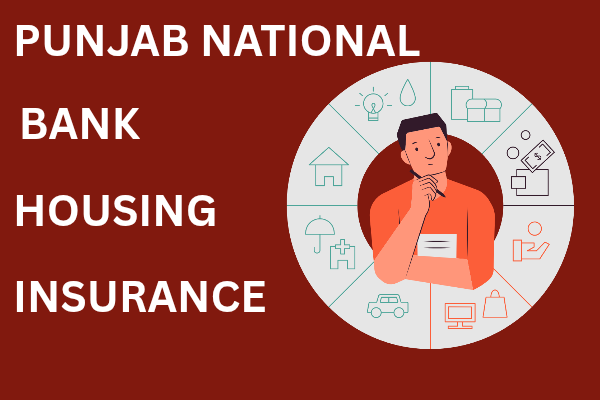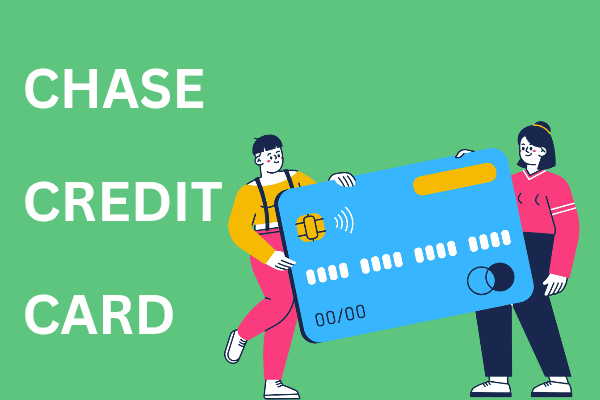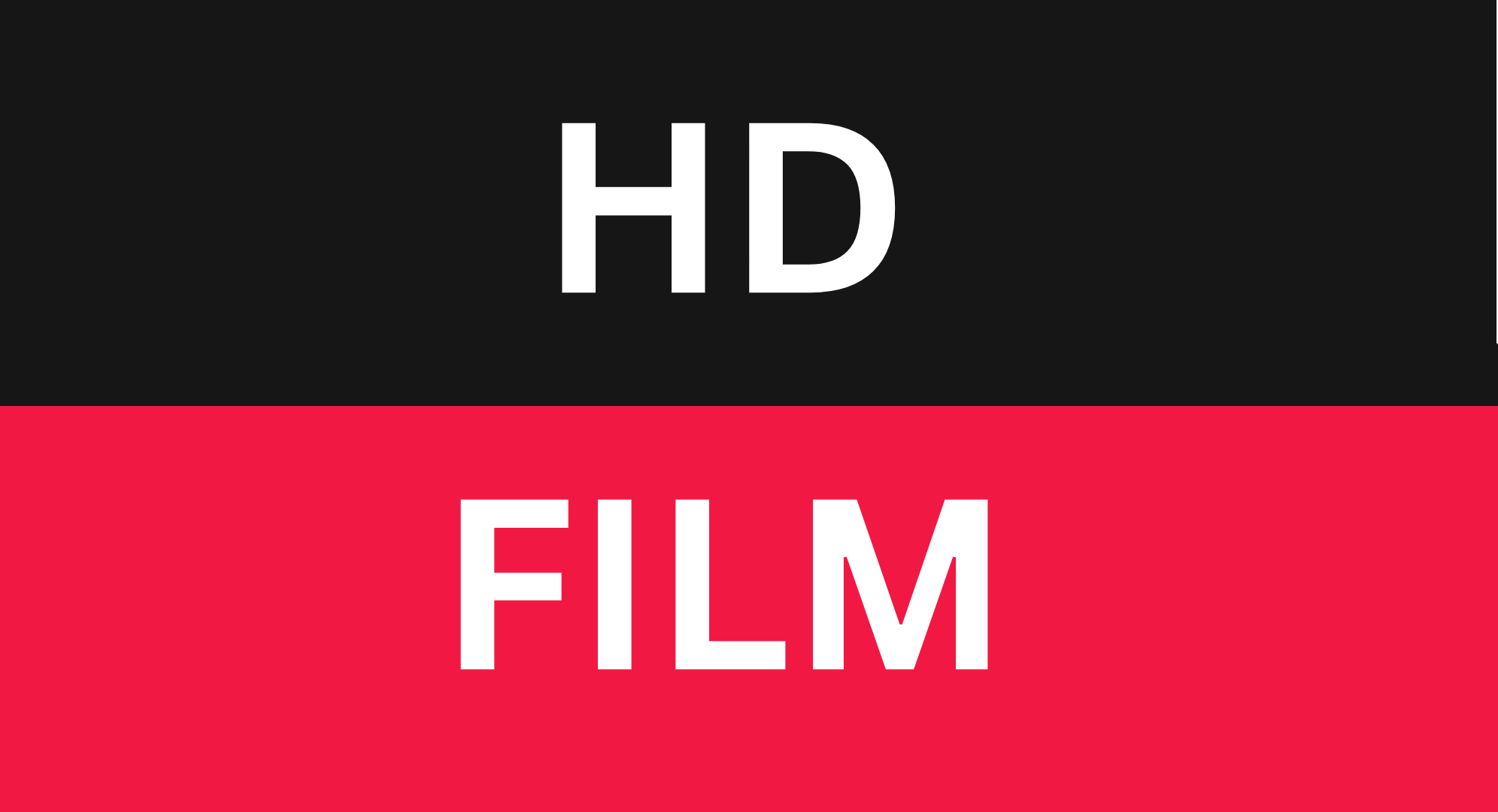We often just consider two factors when purchasing a car: brand and price. However, the majority of individuals search for “which is the cheapest one?” when it comes to auto insurance. and immediately begin searching for “cheap auto insurance.” The issue is that many policies appear inexpensive, but when it comes time to file a claim, you discover that the terms you disregarded are now costing you money. This post will go into great length about how to find incredibly low-cost auto insurance, what aspects affect your rate, what add-ons are sensible to purchase, how to compare quotes online, and what typical blunders to steer clear of. Maximum protection at a cheap premium is the sole objective.
What exactly is cheap car insurance?
“Cheap car insurance” should imply more than just reduced rates; it should also mean better coverage, clearer terms, and quicker claim resolution. Sometimes people are content with only having a third-party coverage because it is inexpensive and required by law. However, a third-party policy won’t cover you if your own vehicle is damaged, whether it was stolen, caught in a fire, flooded, or in an accident that was your fault. Therefore, redefine “cheap” as follows: A comprehensive policy plus the appropriate add-ons and a solid track record of the company equals a fair and affordable deal.
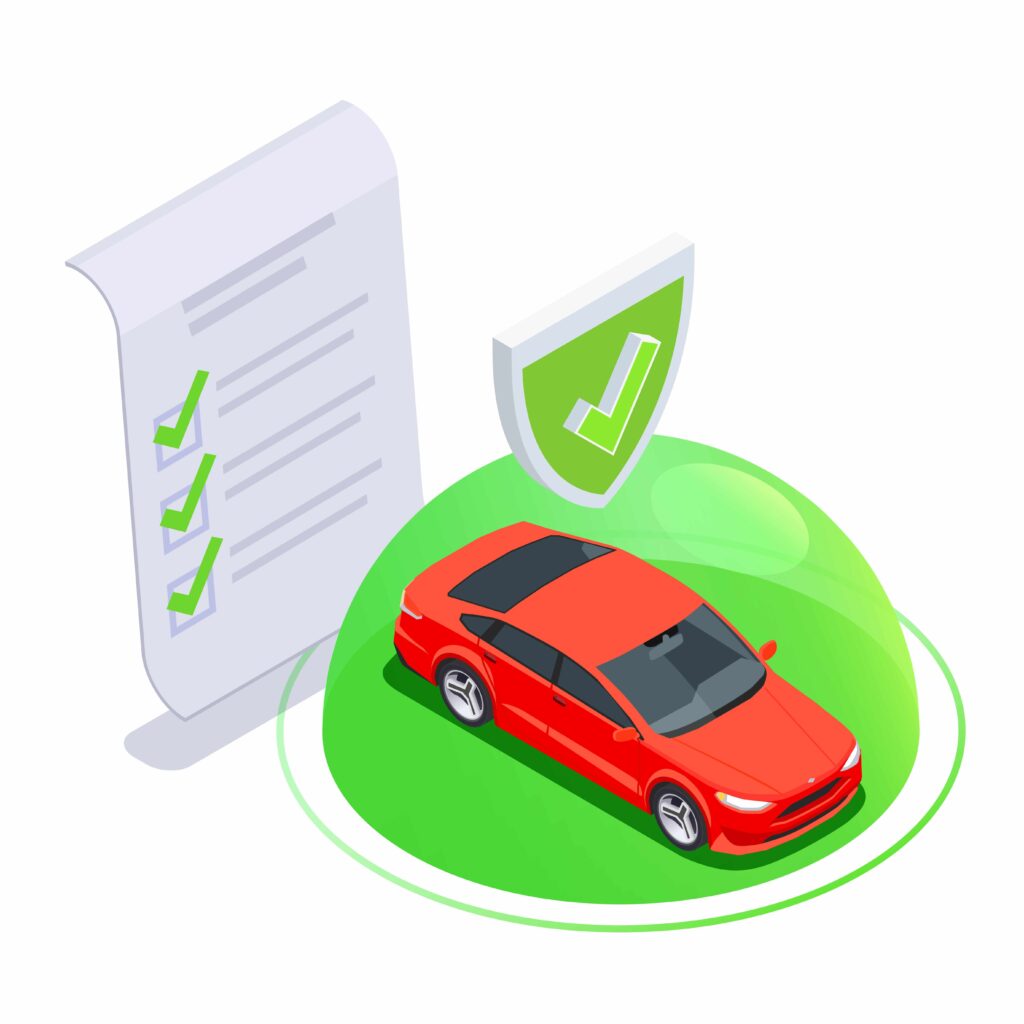
Main factors affecting your car insurance premium
What can we do if people believe that the company sets the premium? While the truth is that many of your selections directly effect the premium.
1. Make, model and engine capacity of the car
The cost of repairs, the engine’s power, and the price of your car all affect the premium. The premium goes up for high-end models because their IDV (Insured Declared Value) is higher. When purchasing a car, look for models with reasonably priced maintenance and parts if you truly want inexpensive auto insurance.
2. Age of Vehicle
The IDV of a new car is considerable, hence the premium is similarly high. The IDV and premium both drop with the age of the vehicle. However, when the likelihood of a breakdown and the availability of components rise, some firms may raise the premium for very old cars.
3. Location (Geographical area/zone)
Metro areas have higher premiums because of their heavy traffic, increased risk of theft, and increased likelihood of accidents. You are more likely to find naturally low-cost auto insurance if you reside in a smaller city.
4. No claim bonus
Your premium will be much lower if you take advantage of NCB, which is available from 20% to a maximum of 50% annually without filing any claims. Only file a claim if the damage is extremely significant; since your NCB is covered, doing minor repairs yourself can frequently end up being less expensive in the long run.
5. Voluntary Deductible
Raising your optional deductible lowers your premium and reduces the company’s risk. However, exercise caution—you will be responsible for paying that amount when a claim is made, so avoid the error of inflating it excessively to appear “cheap.”
6. Add-on covers
Although they sometimes result in cost savings, add-ons like Zero Depreciation, Engine Protect, Return to Invoice, Roadside Assistance, Consumables Cover, and Key Replacement raise your premium. Selecting only useful add-ons based on your car’s age, usage, and city is a smart move. In this manner, you can get “cheap car insurance” without sacrificing the essential components of protection.
How to use web comparison to locate authentically low-cost auto insurance
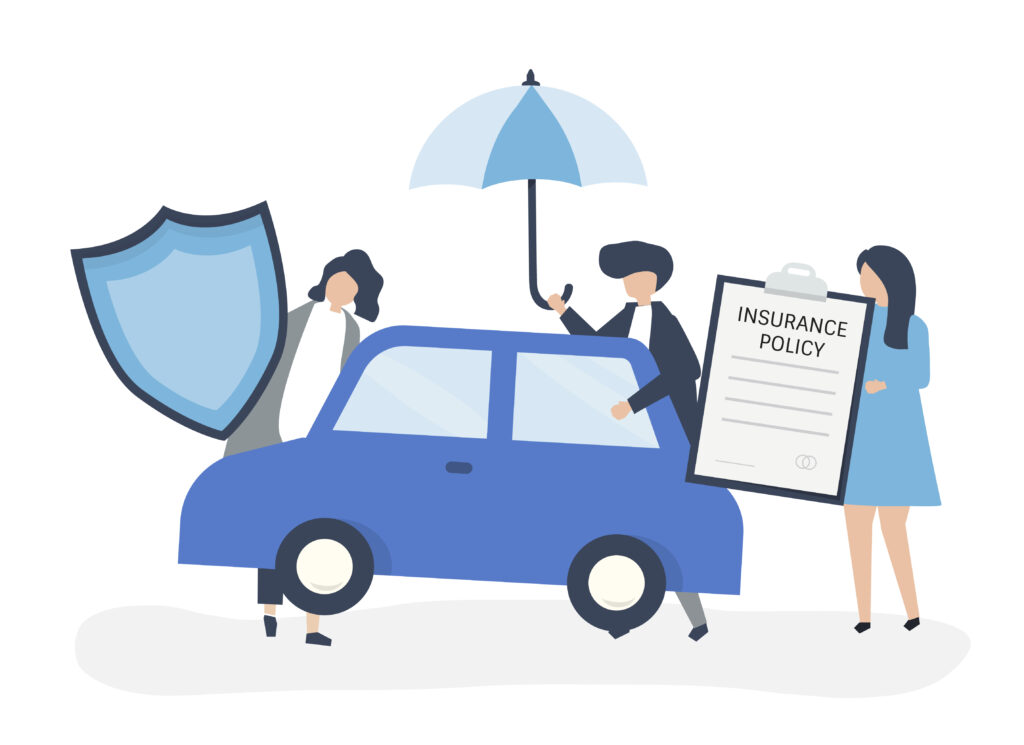
You can now compare several policies on a single page with the majority of insurance firms and aggregator platforms. Don’t only consider the premium while comparing, but also—
- IDV: Is the business purposefully displaying an extremely low IDV to give the impression that the premium is less expensive?
- Claim Settlement Ratio (CSR): What proportion of claims does the business resolve, and how quickly?
- Network Garages: Does your city or route have a sufficient number of authorized garages for cashless repairs?
- Value and cost of add-ons: Engine Protect and Zero Dep prices might differ significantly amongst businesses.
- Deductibles and Exclusions: Look for exclusions in the fine print.
- Reviews and ratings from customers: Examine reviews, paying particular attention to the experience at the time of the claim.
When comparing, it is simple to select “Sort by Cheapest,” however it is preferable to utilize “Filter by Value.” Additionally, you can develop your own small measure of “Coverage per Rupee” to compare premiums and coverage.
15 smart, practical hacks to get cheap car insurance
1. Avoid late fees, inspections, and NCB loss by renewing the policy on time.
2. A low IDV will result in a loss at the time of claim, whereas a high IDV will result in an unnecessary premium rise.
3. When selecting Voluntary Deductible, consider how much you will have to pay out of cash at the time of claim, even though the premium will go down.
4. Install an anti-theft device to receive a premium discount if your device is recognized.
5. The largest discount is to maintain NCB, which translates into safer driving and fewer claims.
6. Switch from an annual to a multi-year policy; you may receive the benefit of NCB lock-in and the total cost may be lower for a longer duration.
7. Think about the model and engine capacity.
8. Luxury or really high-performance vehicles typically cost more.
9. Whenever feasible, mentioning a low-risk profile might assist reduce the price.
10. Low mileage and no commercial use are examples of this.
11. Port the policy: Move to a different insurer and transfer it with NCB if the current one isn’t offering value.
12. Deduct add-ons—Reevaluate the requirement annually; an aged car may not always require Zero Dep.
13. Examine the garage network—Cashless claims save your transaction expenses and cash outflow.
14. Corporate and employee partnerships— Many businesses provide their employees group discounts.
15. Bundle discounts: When you purchase auto, health, home, and term insurance together, many insurers give you a discount.
Zero Depreciation, Engine Protect, RTI: When to take it, when to leave it?
Zero depreciation cover: Since there is no depreciation deduction on parts, this is frequently advantageous for new or three to five year old cars. The cost may be more than the gain in older vehicles.
Engine Protect Cover: In regions susceptible to flooding or where waterlogging is probable, this add-on is priceless.
Return to Invoice (RTI): Offers a benefit of up to the brand-new car’s on-road price in the event of theft or total loss.
The car loses usefulness as it gets older. By carefully choosing these add-ons, you may transform “cheap car insurance” into “smart car insurance.”
The option that looks cheap is not always the cheapest option
Only damage to other people is covered by third-party insurance; your vehicle or medical bills are not. Own Damage (OD) is covered in addition to third-party in a comprehensive coverage. Don’t make the mistake of believing that third-party insurance is “cheap car insurance” if your automobile’s worth, usage, or location make it a high-risk investment. This could end up costing you money down the road.
Conclusion
The objective when searching for “cheap auto insurance” should be to maximize risk-adjusted value rather than only lower the price. You can obtain robust insurance at a reasonable price if you select a policy that takes into account factors like the car model, age, location, driving habits, requirement for add-ons, NCB strategy, etc. Similar to how you analyze your portfolio, reevaluate the policy annually and make any necessary adjustments. Cheap is only good when it works; otherwise, it ends up costing the most, especially if you feel like you don’t have enough coverage when you file a claim.
